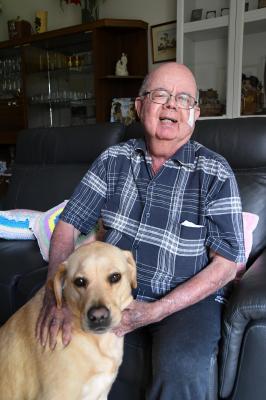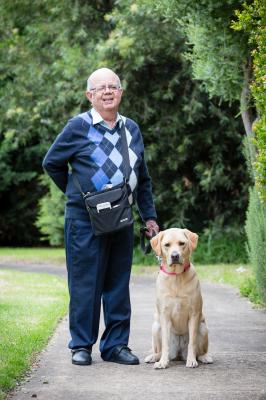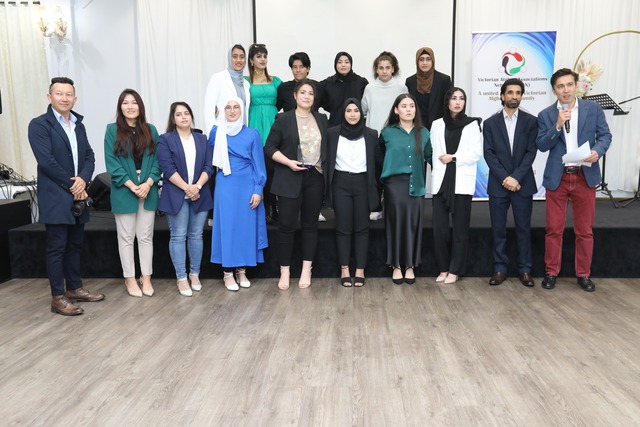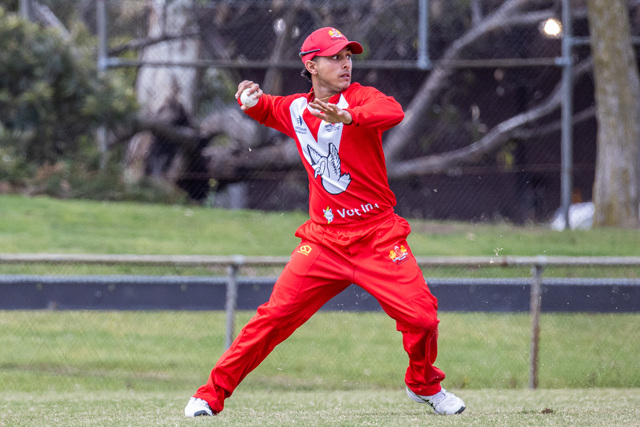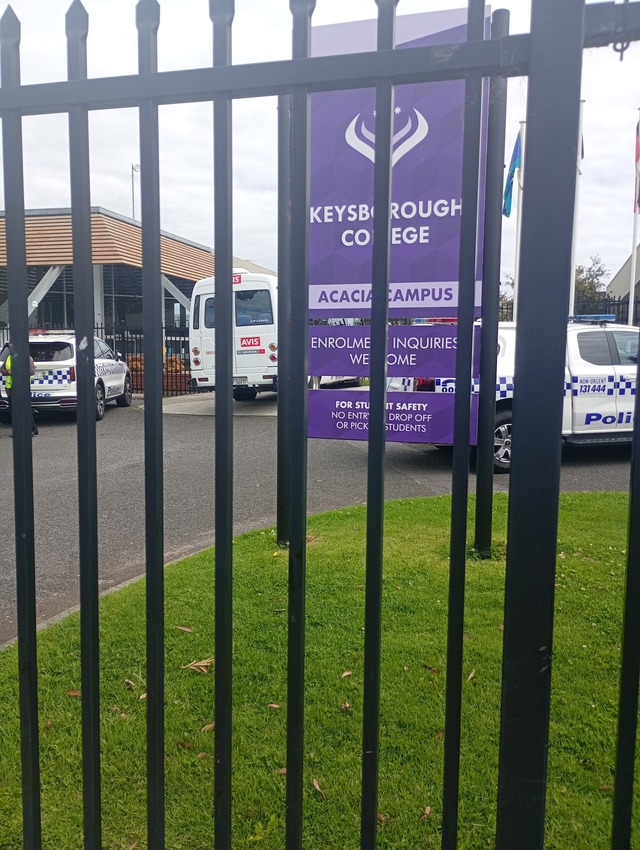Twanny Farrugia has made it his mission to make the most of 50 years of his ‘second life’.
On 22 October, the Springvale man marked the 50-year anniversary for his transplanted kidney.
He is Australia’s second-longest surviving transplant recipient.
The ‘new’ kidney is now an extraordinary 90 years’ biological age.
“I’m one of the lucky ones,” he says.
Despite many tribulations, Mr Farrugia is a role-model of positive thinking.
At 68, he has lost all vision but for light sensitivity, and battles acute fatigue and nerve pain from fibromyalgia.
He depends on carers, his Guide Dog Annabelle, text-to-voice reading technology and medicinal cannabis.
“I’ve slowed down a bit. Basically I can’t do a thing for myself anymore.
“I know it sounds bad but I’ve always accepted my life is a trade-off.
“I’ve been fortunate to be given another shot at life. I could have been dead 50 years ago.”
In 1971, just two weeks after his 18th birthday, Mr Farrugia received his life-saving transplant.
At the time, he was 10 months on the transplant organ waiting list, close to death and petrified.
He was given a 50-50 chance to survive the operation.
Organ donation was little known, and transplant surgeries were in their infancy. He was chosen ahead of four others on the wait list due to being a closer organ match.
“The family were so altruistic to give away organs of their loved ones.
“I don’t feel guilty but I try to make the most of the life I’ve been given.”
Mr Farrugia’s late father also gave the gift of life as an organ donor. It brought home the complex grieving process for donors’ families.
“Out of one person, you have seven transplant organs as well as tissues.”
From six months old, he was stricken by glomerulonephritis – inflammation of glomeruli within his kidneys.
“The way my specialist explained it to me was my kidney was keeping all the toxins in my body and getting rid of all the nutrients.
“So I was slowly being poisoned.”
By 15, the condition worsened to renal failure. At 17, he was one of the first to use haemodialysis machine in Victoria.
“I looked 12 years old in size and weight. I was about three foot eight (1.12 metres) and weighed under four stone (25 kilograms).
“I’d throw up most of my food.
“Up to that point I didn’t have energy and I couldn’t keep up with my friends or school. I couldn’t run. I was anaemic.”
After surgery came renewed life. It was a case of making up for lost time.
Suddenly all-night parties were the go. He took up ballroom dancing for 30 years, travelled overseas, and became a full-time customs worker.
On massive doses of cortisone steroids, his appetite was voracious. He put on size – growing to 1.5 metres and 83 kilos.
However, like many transplant recipients of his era, his health may have paid the price for massive doses of cortisone.
It was part of overcoming the “war” between Mr Farrugia’s immune system and his new organ.
As his sight started to wane at 28, Mr Farrugia studied and became a social worker and counsellor. He retired at age 57.
Before he had a Guide Dog, he was struck by a car on Heatherton Road while walking home from a visit to a medical clinic.
“I learnt to fly that day. Any landing you walk away from is a good landing.”
He was hospitalised for three months.
Several times in the past decade, he has publicly named-and-shamed restaurants that illegally denied him entry due to his Guide Dog.
He was also part of a successful campaign for transplant patients being eligible for health insurance.
“It’s up to ourselves as individuals when we see something is wrong to say this is not right.”
He still volunteers at Monash Medical Centre as a source of comfort for patients with “complex” issues.
Mr Farrugia credits his resilience to his “wonderful parents and siblings” who included him in rough and tumble play even while a sickly child.
“They loved me warts and all – and there were a lot of warts.
“They were a helicopter family but at the same time they made me stand on my own two feet. They made me participate.
“They treated me like they treated each other.”
He says the ‘gift of life’ has taught him not to give up.
“There’s something inside of me. So many people along the road have put so much work into keeping me alive.
“There’s always hope that tomorrow is going to be better than today.”
In Victoria, there were 131 deceased organ donors in 2020. They enabled 212 kidney, 84 liver, 73 lung, 45 heart and 13 pancreas life-saving transplants.
However during Covid, deceased organ donation and transplant rates dropped – in part due to border closures, flight reductions and hospital logistics.
There are 1800 Australians waitlisted for an organ transplant, as well as 12,000 on dialysis who would benefit from a kidney transplant.
To register as an organ and tissue donor, go to donatelife.gov.au

